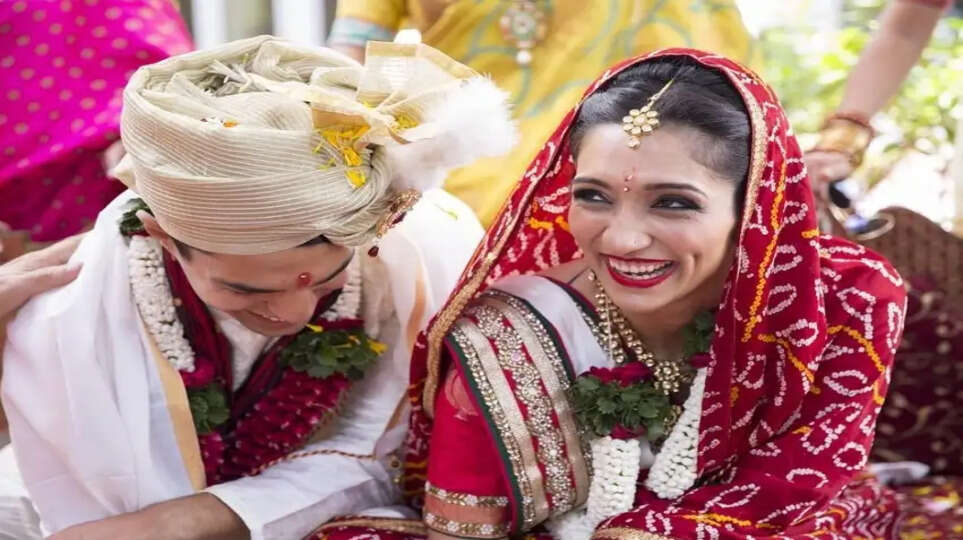Decoding the meaning behind Indian wedding traditions and rituals
The rituals of a Hindu wedding are as colourful as the celebrations that ensue — right from picking the most auspicious day and time according to the horoscope of the bride and the groom to the saath pheras they take around the holy fire. Each step has a deep philosophical and spiritual significance behind it. Whether you're a skeptic or a believer, understand the meaning behind these ancient rituals which could serve to bless you on your big day.
Wed, 26 Mar 2025

While the traditions vary from region to region, three key rituals are common: kanyadaan (when the father gives away his daughter), panigrahana (presence of the sacred fire) and saptapadi (the seven steps and oaths taken around the fire). Here, we break down the most common wedding customs:
Pre-wedding rituals
The engagement
Also known as roka, saga, sakhar pudra, kasamdry, nishchayam or ghor dana in different states, as the name suggests, the ceremony involves the bride and groom exchanging rings. The two families also exchange gifts with each other as an acceptance of the match, and as a gesture of welcoming each other into their respective families.
The mehendi
Popular in the North, the mehendi function is where the bride's hands and legs are decorated with beautiful henna designs, often inscribed with her to-be husband's name. (Check out this season's trendy bridal mehendi designs here). All the women in the family also decorate their arms with mehendi. This ritual is considered to be a good omen that welcomes the bride's promising future; it is said that the darker the colour of the mehendi, the more love and appreciation she will receive from her husband and in-laws.
The sangeet
If there's one ceremony where the bride and her friends can let their hair down, this one would be it. From both families enjoying song and dance performances, the idea is for the two families and their relatives to mingle and get to know each other in a light-hearted setting.
The haldi
A common ritual amongst almost all communities in India, the haldi function is usually held in bride and groom's respective homes. A special turmeric paste, believed to have healing powers while warding off negative energies, is applied liberally to the skin, usually by their mothers and close female relatives. The two families are not allowed to see each other during this ceremony, so as to preserve the sanctity of the family. Once the paste dries off, it is washed with holy water.
Tags
Around the web
